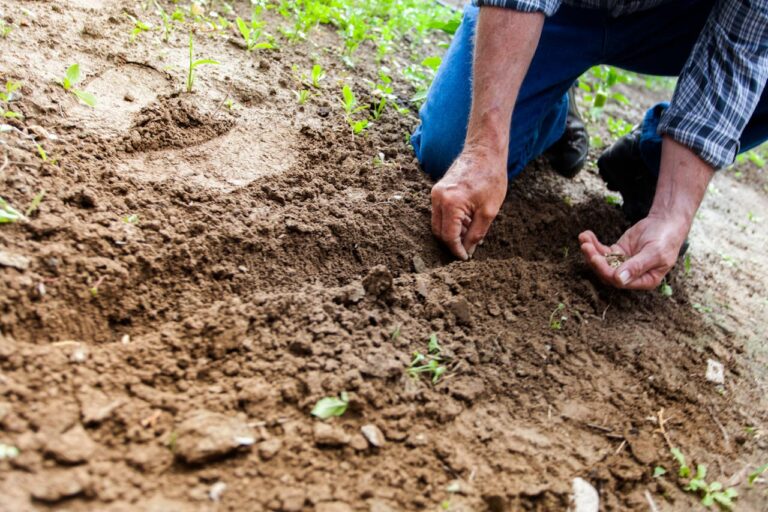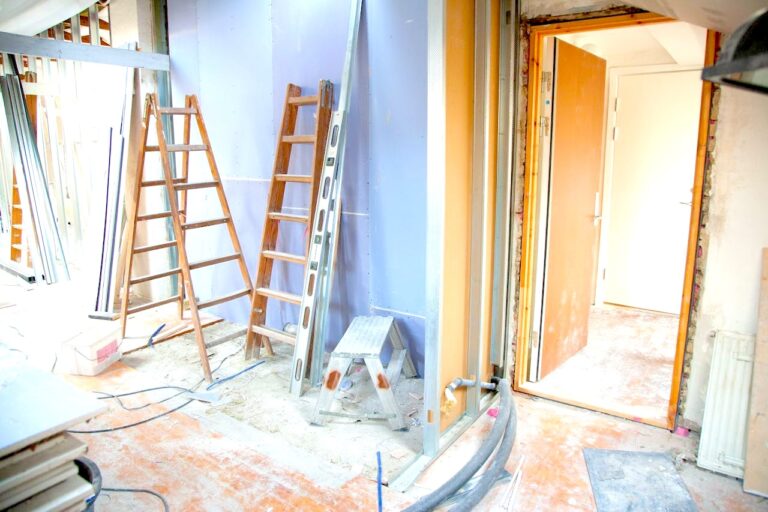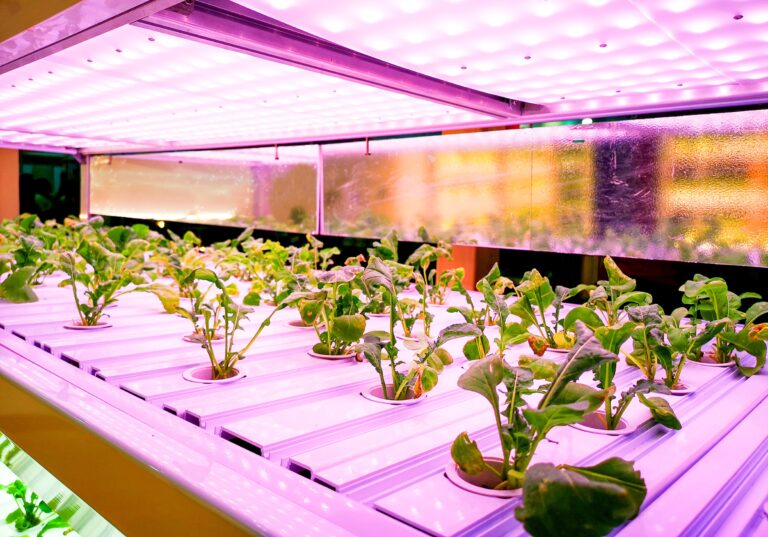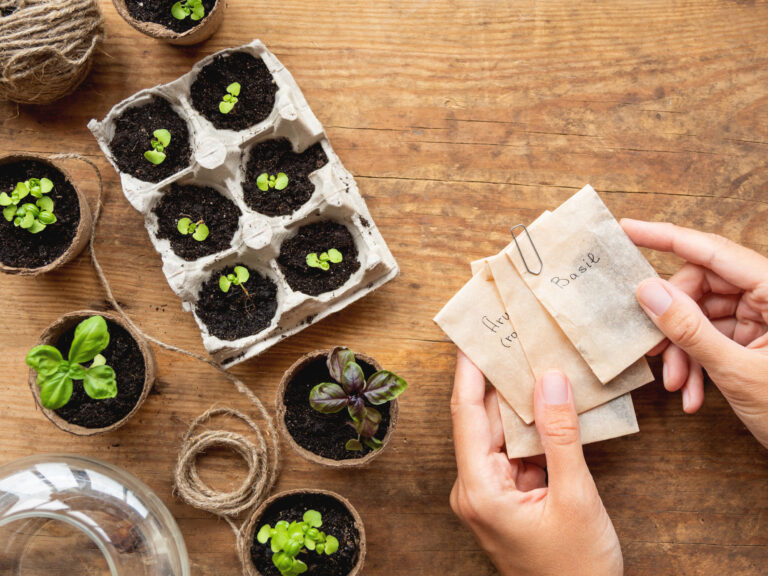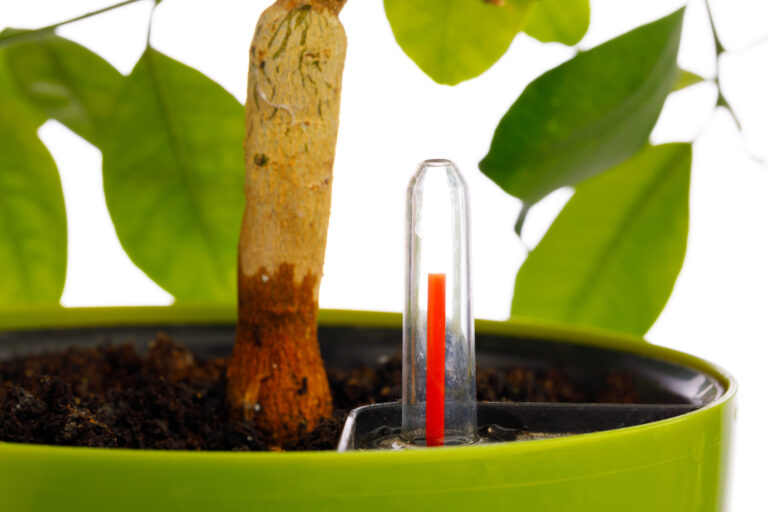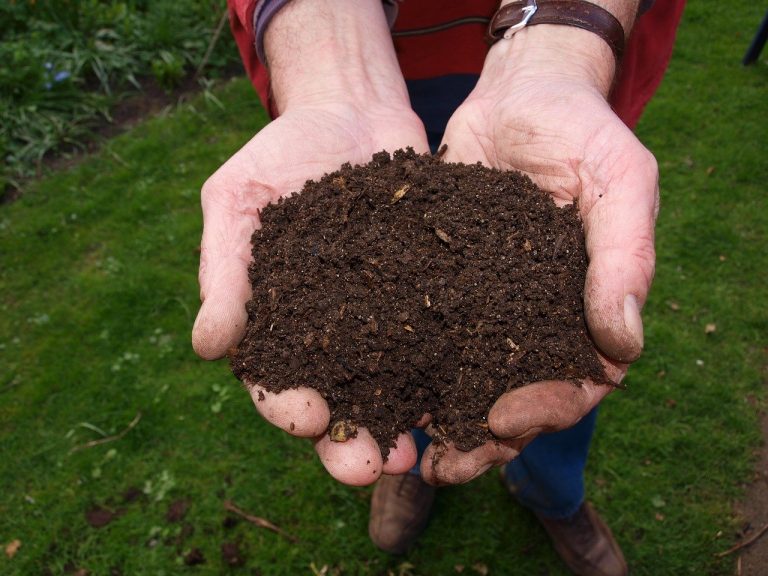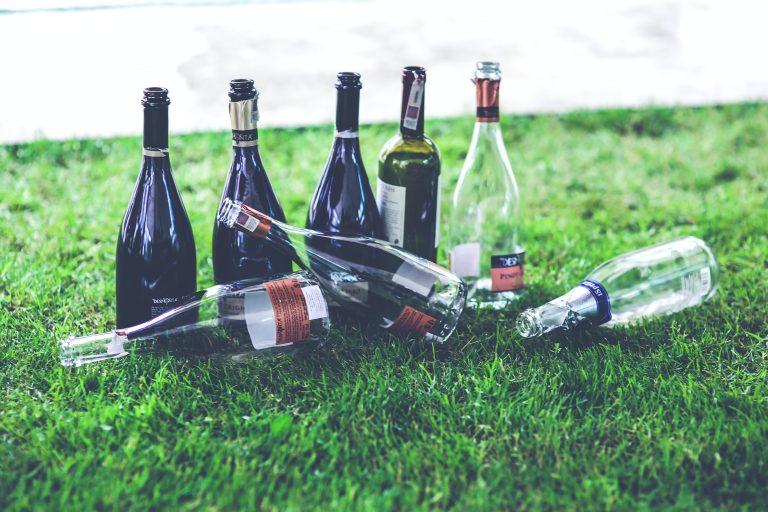Gardening isn’t just for the young – it’s a fun activity that can work for everyone, regardless of age. For those of us who’ve seen a few more seasons, bending down to tend to our floral friends might not be as easy as it used to be. Fear not! We’ve dug up 11 gardening projects…
DIY
10 Home Improvement Projects to Increase Your Home’s Value
Let’s talk about jazzing up your homestead – you know, giving your pad a bit of a facelift without breaking the bank or, heaven forbid, your back. After all, your home isn’t just a place to hang your hat. It’s your kingdom and probably the biggest investment you’ll ever make. So, let’s explore some upgrades…
Inexpensive Alternatives To Grow Lights
Grow lights can be a really helpful tool for indoor gardening. Many people find that they are worth their cost. However, they aren’t cheap. Therefore, you might want to consider some of these inexpensive alternatives to grow lights. What Are Grow Lights? Grow lights are exactly what their name says: lights designed to help plants…
5 Cheap Substitutes for Seedling Trays
Seed trays offer a great way to start off your planting season. However, you don’t need to purchase actual trays from the gardening supply store. Instead, you can upcycle/recycle/DIY many terrific substitutes for seedling trays. Here are five good ideas: What Are Seedling Trays? Seed trays provide a great opportunity to begin growing multiple plants…
5 Cheap Ways to Self Water Plants
Some people love the ritual of watering their plants each day. However, many of us like to simplify our schedules by setting up systems whereby plants can self water. Moreover, there might be times when you need plants to water themselves, such as when you go on vacation. It’s good to know some cheap ways…
DIY Compost Using a 5 Gallon Bucket
Compost is an essential medium for any gardener. It enriches the soil, provides nutrients to plants, and helps improve soil composition. It’s also easy to make compost using simple items you probably have lying around your home. Here’s how to make a 5-gallon bucket compost bin to get yourself some free compost. Tools I…
5 Free Garden Marker Ideas to Keep Track of Plants
Why should you consider these free garden marker ideas? I don’t care how great your memory is, find a way to label all of your seedlings and transplanted crops—knowing what you’ve planted (and where) is equally important when you’re direct-sowing. If you forget to label the spot where you’ve just sown seeds, you might accidentally…
